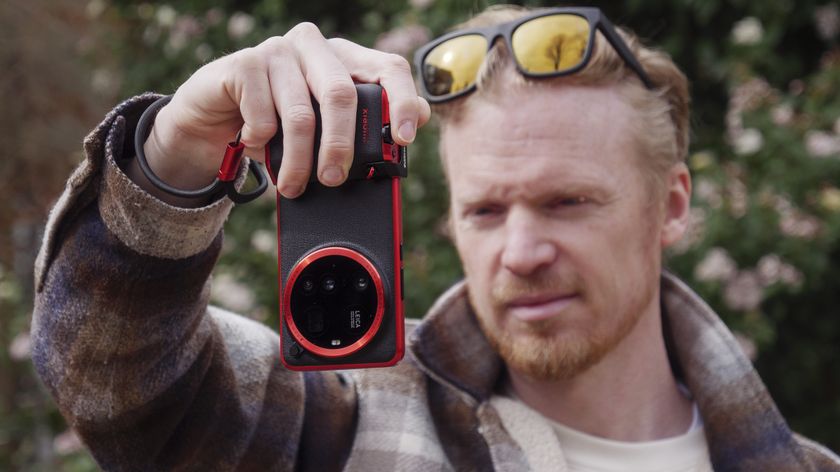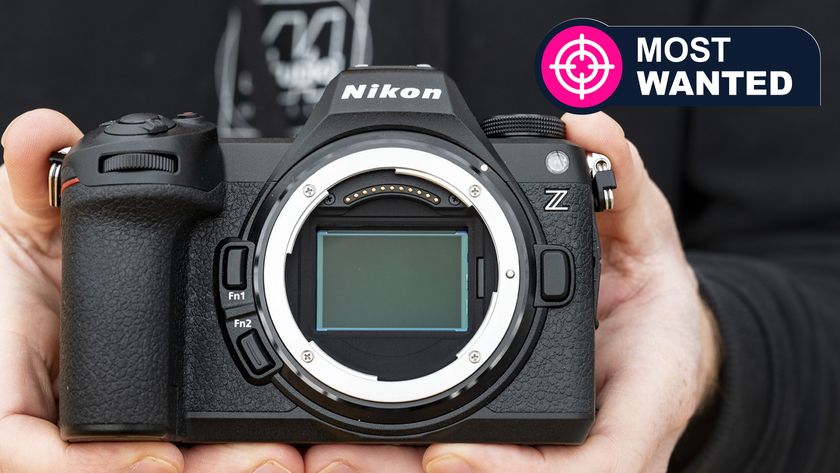What gear should you get?
[caption id="attachment_585773" align="aligncenter" width="500"]

Image by Alex Bailey[/caption]
When you're planning on moving from amateur or semi-pro to become a professional photographer full-time, your choice of equipment becomes crucial. If you depend on your camera gear to pay for the roof over your head, you need it to produce top-quality files day-in, day-out.
Reliability is paramount, and you can't afford for a camera to go down. Professional gear doesn't make you a professional photographer, but it does at least buy you some peace of mind.
Although you'll want to buy the best kit you can afford, you need to keep an eye on the bank balance; a £1599/$1700 Nikon AF-S 58mm f/1.4G might be the lens you always aspired to own when you had a day job, but how long would it take you to turn a profit when you're shooting weddings or portraits with that lens and having to cover all your other costs at the same time?
There are some areas of photography where expensive, specialised lenses go with the territory. Wildlife photographers, for instance, won't get far without a telephoto lens in their bag.
But long prime lenses come at an eye-watering price - anywhere from £4000/$5780 (Nikon AF-S 300mm f/2.8G ED VR II) to £13,995/$17,900 (Nikon AF-S 800mm f/5.6E FL ED VR).
Get daily insight, inspiration and deals in your inbox
Sign up for breaking news, reviews, opinion, top tech deals, and more.
Throw in a shorter zoom for environmental shots, a wide-angle for the occasional landscape, a macro lens for close-ups and more, and it's obvious that you need to shift a ton of fox pictures to see a financial return.
SEE MORE: Canon vs Nikon: the DSLR comparison you've been waiting for!
Own or loan?
This is where lens hire starts to make sense. For a fraction of the investment you'd need to make in these costly lenses, you can rent the very latest versions for specific jobs.
This way, you can keep your core day-to-day kit to a minimum and upgrade as and when you start building your client base and income.
"Nikon was the system of choice when I was training on newspapers," says Alex Bailey. "The F2 and the FM2 had reputations for being virtually indestructible, so they were perfect for a hard life as a press camera.
"I've never doubted any Nikon I have owned and that's quite a few now; I've used nearly 20 top-end pro bodies in 30 years of photography, and 30-plus lenses and counting."
It should come as no surprise to discover that many professionals were first introduced to the system by their parents. "I grew up with Nikon as my dad was a photojournalist, working with Nikon FM2s first and later progressing to the F3 and F4," says Sandra Bartocha.
"I always liked the usability and durability of the products and now, in digital times, more than ever; sophisticated bodies, intuitive menus and a great range of high-quality lenses."
SEE MORE: 8 tripod mistakes every photographer makes (and how to avoid them)
[caption id="attachment_585775" align="aligncenter" width="610"]

Image by Jonathan Chritchley[/caption]
Stick with a system
Other photographers have ditched the system they started off with altogether and switched to a rival manufacturer's system. "I switched to Nikon from Canon in 1987 to buy the then-legendary bird photography lens the Nikon 600mm f/5.6 IF ED," says David Tipling.
"It has always made sense to stick to what I know, plus I genuinely believe top-end Nikon camera bodies such as the D4 are better made than their Canon counterparts - but I'm biased, of course."
READ MORE
6 photography quotes every photographer should live by
10 things photographers can do to stop wasting pictures
32 things photographers say... and what they really mean
15 common photography questions from beginners (and how to solve them)













